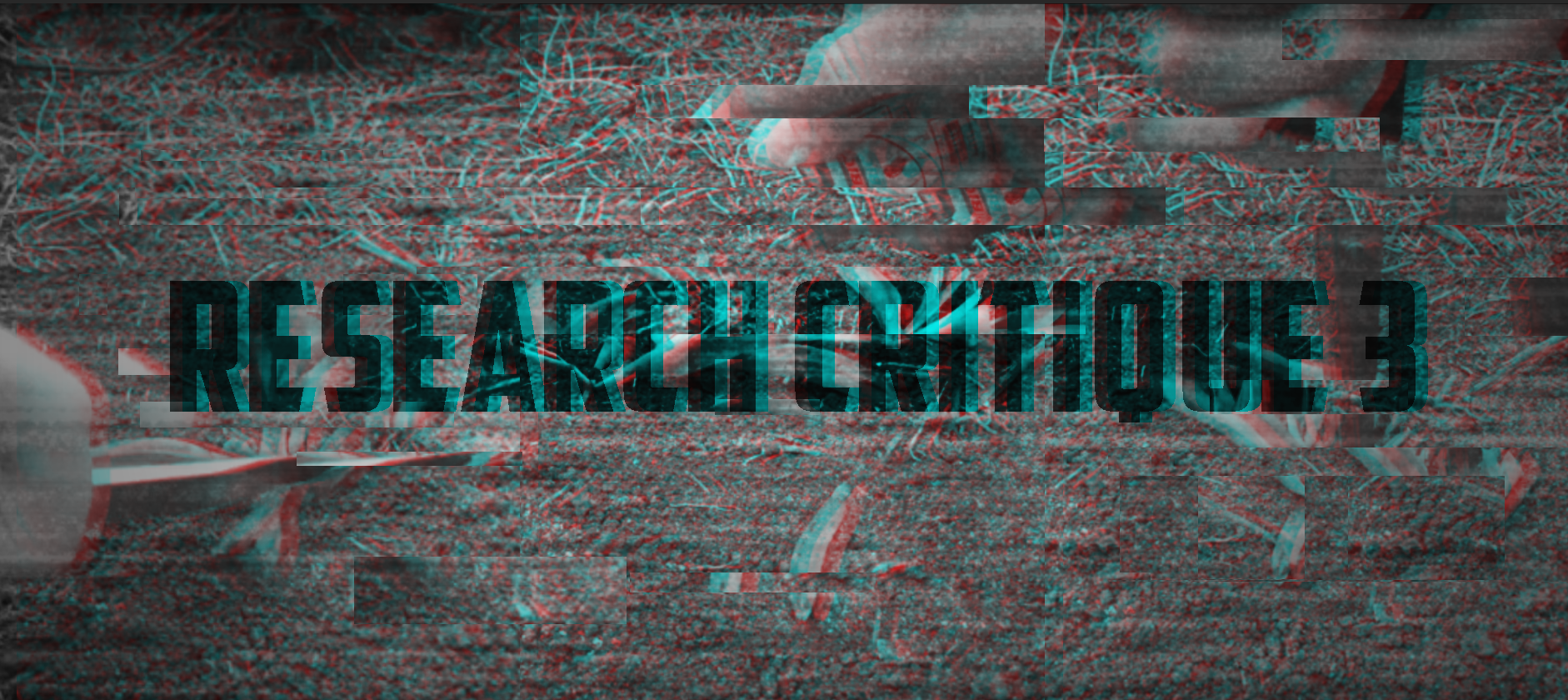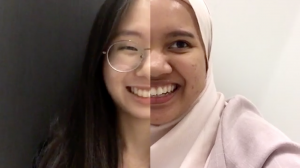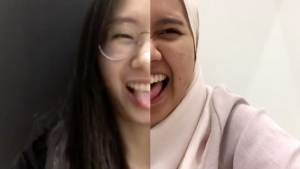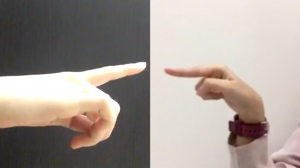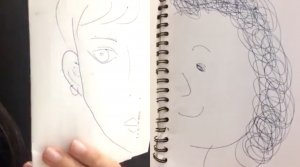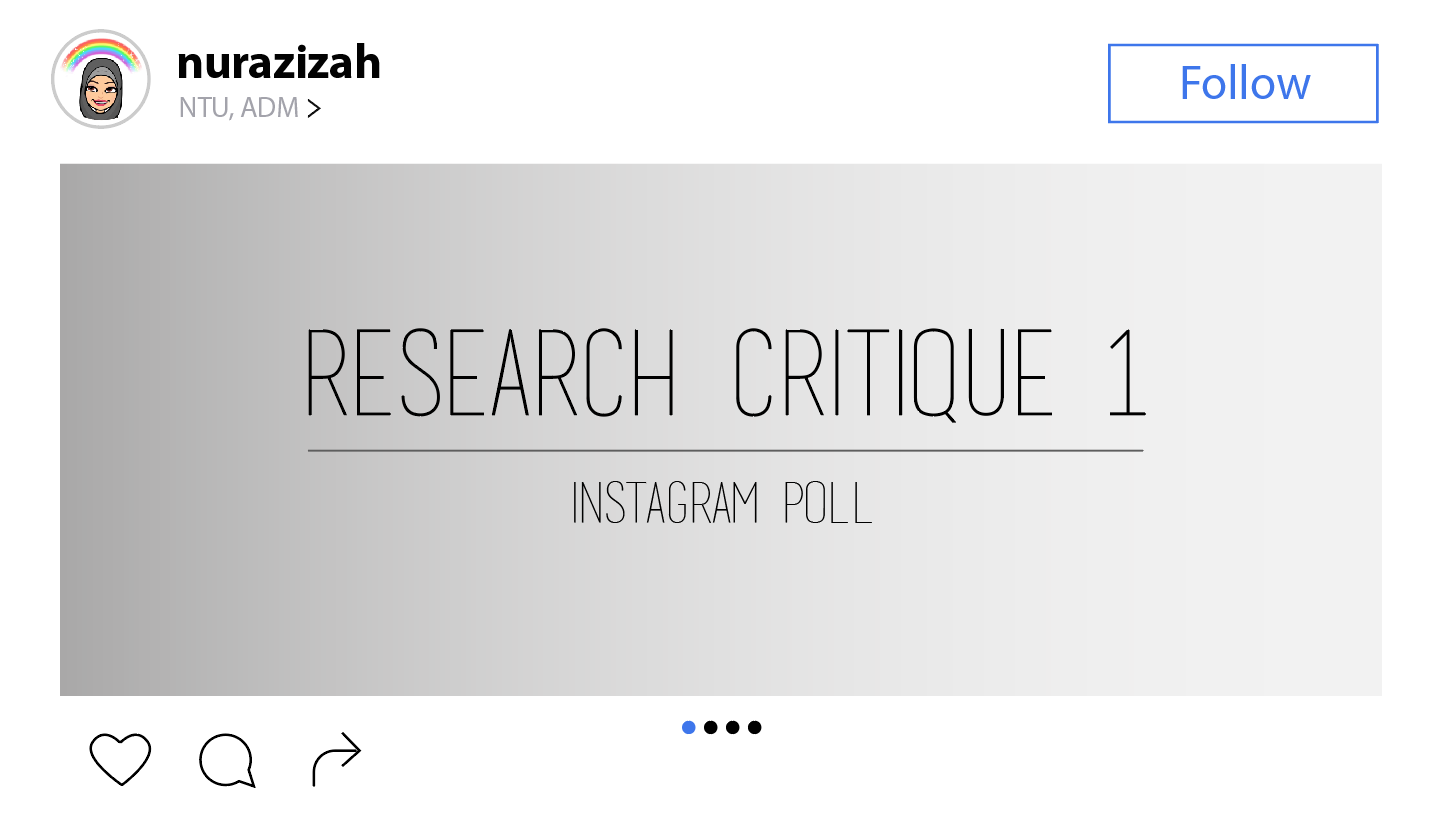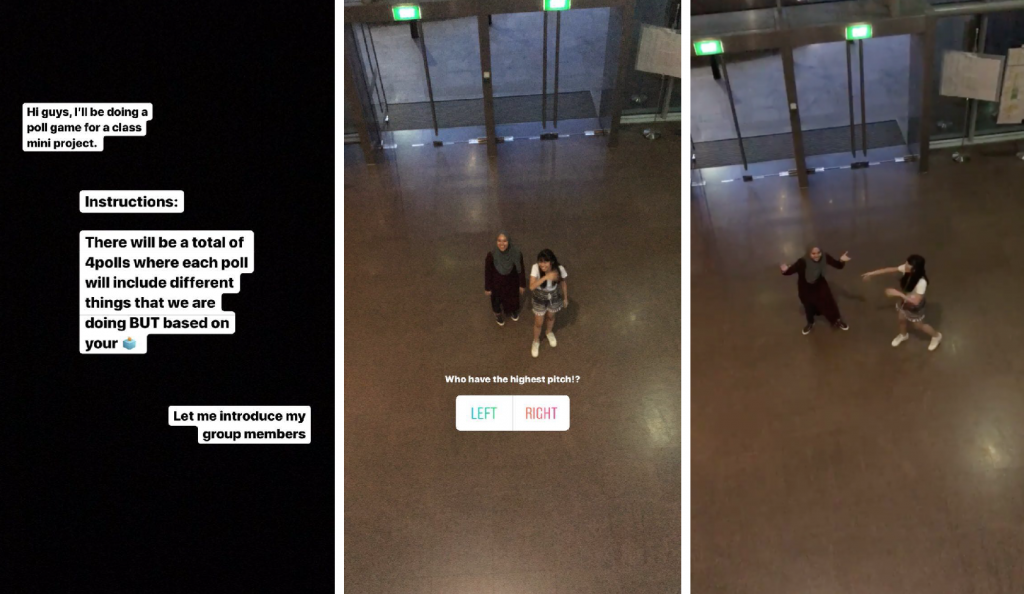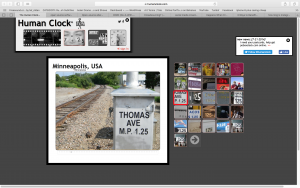Group members: Fizah, Azizah, Naomi and Qistina
Medium: Stop-motion
About: Destroying the original quality of a living thing. By using a flower to represent human and it is placed in a soil where it is comfortable in. Then using different actions, such as stabbing, cutting and stepping on it, to create deterioration to the flower. Aside from the objects, we verbally abuse the flower in a poetic way and it gets harsher as we took turns to say each line.
At the start of our stop motion, we make each frame goes by sequence then half way through the video, the sequence gets messed up creating glitch, which means error to us.
- How does your project embrace problems, inconsistencies and accidents?
When we were compiling each images into a stop motion video, some of the images gets messed up as they were not in sequence. Hence we decided to embrace it which lead to some of the images not sequence.
'But the way to not be stuck is to focus on glitch as a form of surprise and as a way of glitching people’s expectations.' – Randall Packer, Conversation with Jon Cates (2014) Hyperallergic
To us, glitch means error and mistake. Hence by having those error and mistakes in our video, it distort the audience way of viewing it.
- How is the medium in your work transformed from its original state through the act the deterioration and destruction?
By using stop motion, we are able to rearrange the sequence of the images which makes the audience to familiarize then unfamiliar with the linear narrative of the video. However, we kept the last frame to the flower being buried into the soil as an ending to show the original state has being destroyed.
'Glitch studies attempts to balance nonsense and knowledge. It searches for the unfamiliar while at the same time it tries to de-familiarize the familiar.' – Menkman, R. (2009) “Glitch Studies Manifesto'
The actions that we did to the flower, such as stabbing, cutting and burying on it, shows the process of deterioration of the flower. By having those actions, it gives the audience some hint about which action comes first although the video is not in sequence.
With the voice added into our video, it gives an impact that the flower is going through a negative state. However, we did in a poetic way to show that even in a nice way of saying something it can be vulnerable to a living thing.
- How is glitch and destruction an act of artistic expression?
From our micro-project, it a metaphorical destruction as we use object to represent human. We did not set any rules on how we wanted to destroy the flowers, and how we arranged the sequence of each images. Instead, we just go with the flow which lead our video to have traces of our error and mistake.
“I manipulate, bend and break any medium towards the point where it becomes something new. This is what I call glitch art.' - Menkman, R. (2009) “Glitch Studies Manifesto'

